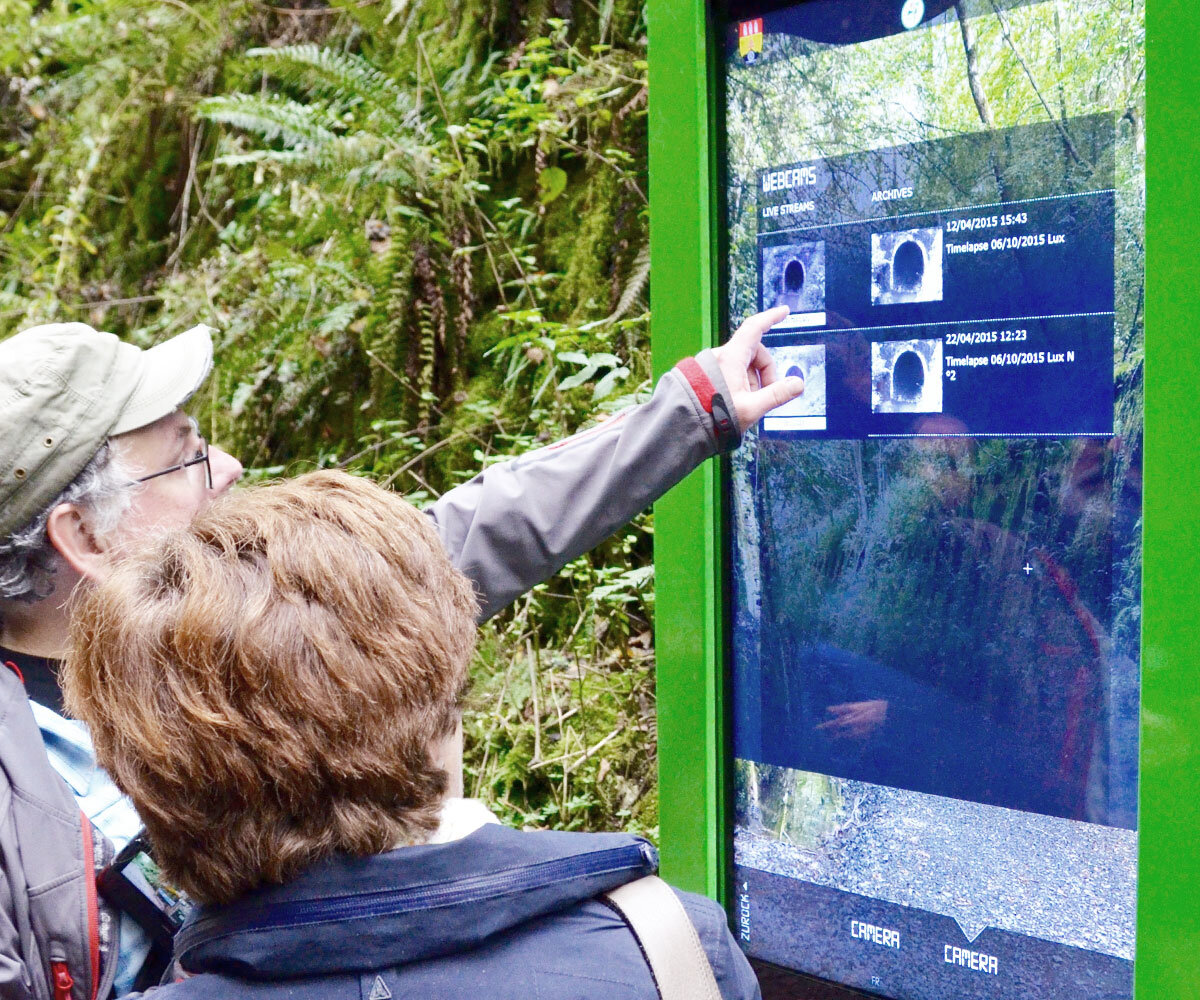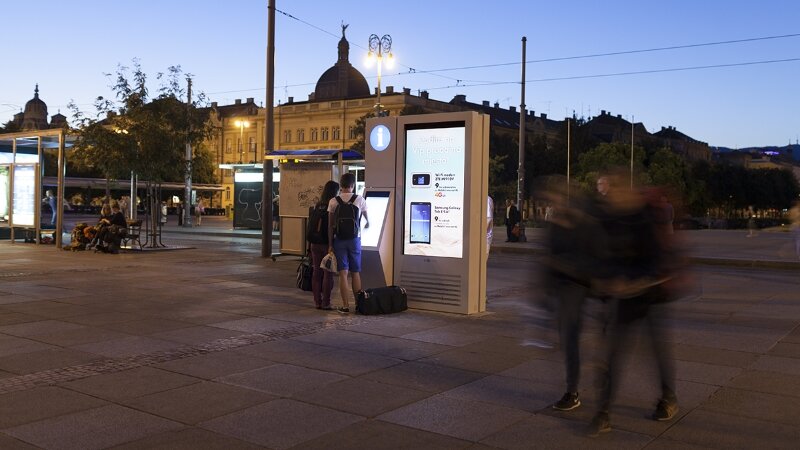Are Touch Screens Just a Simple Add-on?
In one of our previous articles, we discussed the trends in digital signage industry. We mentioned that the industry started with a simple outdoor advertising displays, and has gradually evolved into a comprehensive communication platform, used daily for multiple business functions and to deliver information in public places. The wave of innovation was and still is, rooted in interactivity. Introduction of touchscreens opened new horizons. It enabled two-way communication, which is still the one of the main advantages of LCD digital signs. While it seems that touchscreen is just a simple add-on, it’s not always the case. In this article we will discuss technical background behind the technology and its integration.
Touchscreen Technology
There are several uniquely different types of Touch Screens. Each type has its advantages and disadvantages. The choice of the type depends on the context of use.
The five most common types are:
Resistive Touch:
A resistive touch screen monitor is composed of a film screen and a glass panel, each covered with a thin metallic layer, separated by a narrow gap. When an object (finger) touches the screen, the two metallic layers make contact, resulting in electrical flow. The point of contact is detected by this change in voltage.
Surface Capacitive Touch:
Transparent electrode layer is placed on top of a glass panel, and covered by a protective cover. When human skin (an exposed finger) touches the monitor screen, it reacts to the static electrical capacity of the human body. This decrease in capacitance is detected by sensors located at the four corners of the screen, allowing the controller to determine the touch point. Capacitive touch screens can only be activated by the touch of human skin or a stylus holding an electrical charge.
Projected Capacitive Touch:
Similar to Surface Capacitive, with two advantages. It can be activated with gloves and it enables input from two fingers (multi-touch activation). Three-dimensional electrostatic field is created with composition of an IC chip and a sheet of glass with embedded transparent electrode films. When an object (finger) comes into contact with the screen, the ratios of the electrical currents change and the computer is able to detect the touch points.
SAW (Surface Acoustic Wave):
Touch screen monitors utilize a series of piezoelectric transducers and receivers along the sides of the monitor’s glass plate to create an invisible grid of ultrasonic waves on the surface. When the panel is touched, a portion of the wave is absorbed. This allows the receiving transducer to locate the touch point and send this data to the computer. SAW monitors can be activated by a finger, gloved hand, or soft-tip stylus. SAW monitors offer easy use and high visibility.
As an expert manufacturer we highly recommend to use projected capacitive touch technology, with any LCD outdoor totems. Projected capacitive has excellent image clarity. It’s very resistant to scratching, surface contaminants and liquids (moisture, rain, dust, grease), which is ensuring protection, long life, and stability. They can be used with gloves, which is a must for any outdoor interactive installation.
Touchscreen integration
Before integrating a touch screen, manufacturer should think about the details of the desired construction. Forward planning helps to guarantee a successful integration.
Key points to ask digital signage manufacturer:
Is the touchscreen active area positioned according to the exact position of LCD screen visible area? (Metallic mounting angles, screws or even the metal housing of the LCD panel shouldn’t physically touching the sensor.)
What is their experience with electromagnetic fields and its interference? (To minimize the risk of electromagnetic interference, touch controller, enclosure and integrated components should be properly grounded.)
Is the thermally tempered glass Anti-Glare and Anti-Reflective coated? (They increase readability in direct sunlight or strong lighting.)
How the touch sensor is optically bonded to the thermally tempered glass? (Thermally tempered glass makes touchscreen resistant to vandalism and suitable for unattended public use.)
Is the touch screen preconfigured and calibrated? (If not, these procedures must be done by the customer.)
How the touchscreen is replaced in case of failure? (Ease of maintenance can reduce non-operational state of digital signs.)
Touchscreen accessibility
Position of a touchscreen is essential for user experience. Touchscreen must enable user to both view and reach the screen surface comfortably and without extended postures.
Interactive outdoor totems are located in public assess areas. They must sufficiently provide information or services. To achieve that in full extend, it is essential that a touch screen is properly integrated, so that it is accessible by everyone, including disabled people. For most wheelchair users to comfortably, and easily, access a touchscreen, its operation of the screen should be between 750mm and 1100mm above the floor, with a maximum reach distance of 255mm. The height for any additional add-ons, such as printers and buttons should be between 380mm and 1220mm.
The angle of integrated touchscreen should have an angle of 55 – 75 degrees from the horizontal position, so that it can be seen and used by both sitting and standing persons.
Conclusion
Interactive outdoor LCD totems allows public information and advertising content to be displayed dynamically and tailored to each user, location and time of day, delivering unrivalled flexibility when compared to traditional ‘static’ advertising methods.
Outdoor interactive signs must have the ability to withstand demanding weather conditions and resist damage from their environment or vandalism. With proper integration, they can be accessible to everyone and can provide good user experience.
As with all complex solutions, there are good and bad designs. Interactive totems are no exception. Before purchasing interactive outdoor LCD solutions, be sure what you are buying. Talk to manufacturer about the background behind their solutions and contact their existing customers.
If you have any additional questions, we are happy to help. Contact us at: sales@infinitus-outdoor.com or click Get In TOUCH button in the top right corner of your screen.




